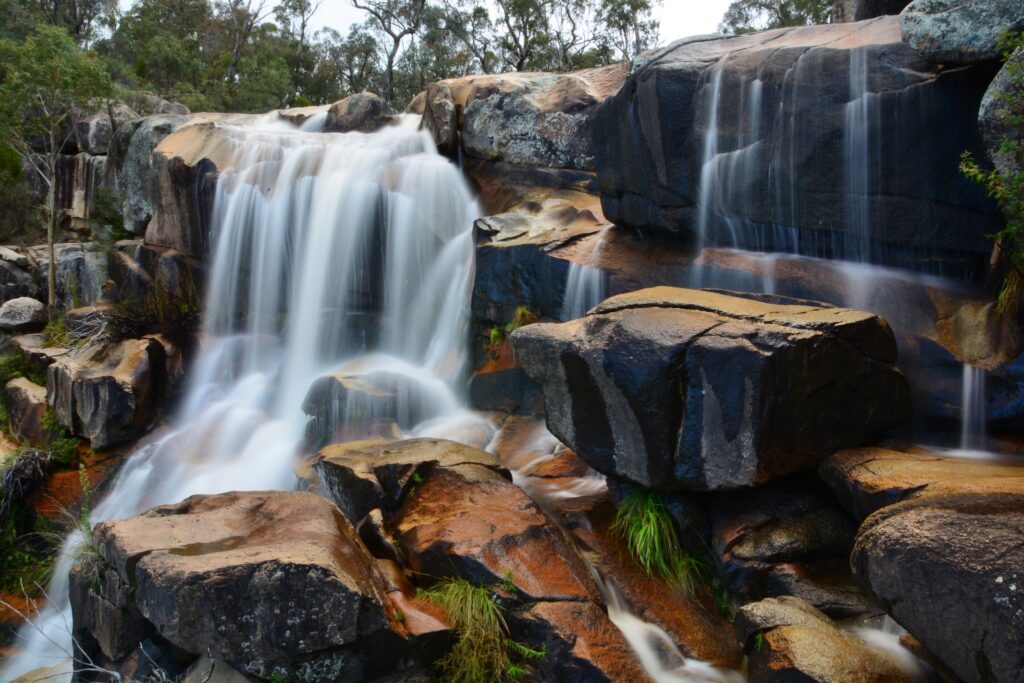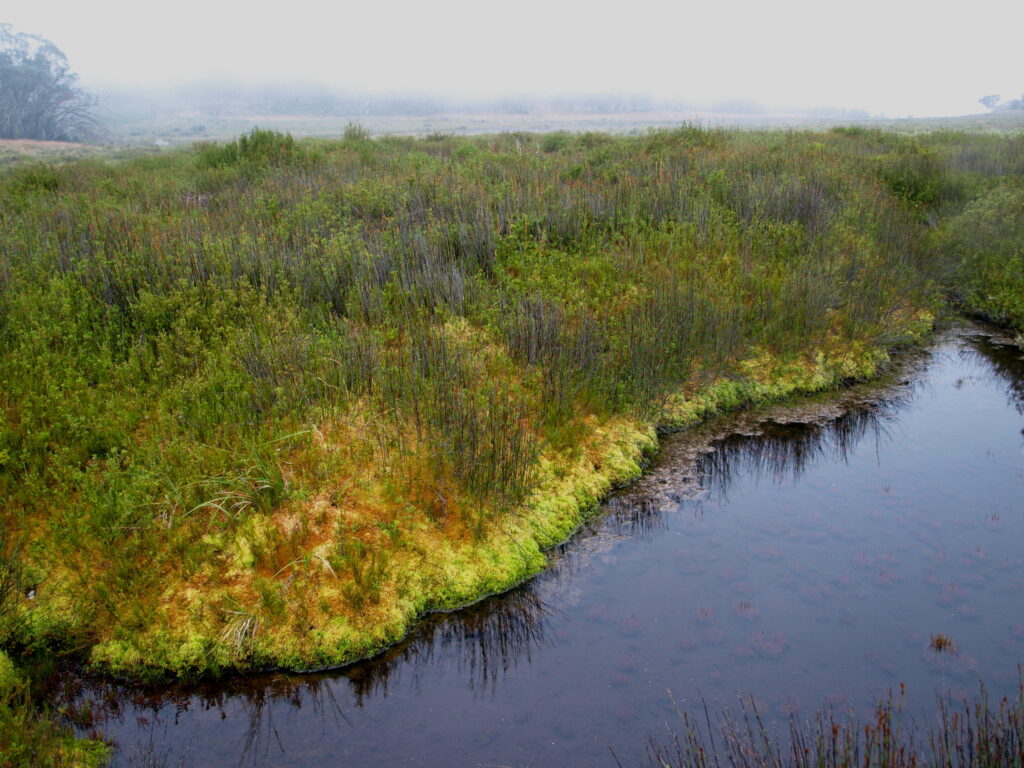Healthy freshwater aquatic ecosystemsA collection of interacting living and non-living things. A More (rivers, creeks, lakes and wetlands) are essential to the ACT’s biodiversityThe variety of all life and living processes in the environm More, urban community, and agriculture. Aquatic ecosystemsA collection of interacting living and non-living things. A More, and their riparianThe land and vegetation beside rivers and other aquatic area More and floodplain lands, provide many environmental benefits and are habitat for both aquatic and terrestrial species. They supply our water resources and are important places for culture, recreation and social interaction.
Aquatic ecosystemsA collection of interacting living and non-living things. A More help to maintain clean water. Plants in and beside rivers, wetlands and lakes act as filters, cleaning the water by intercepting and taking up water pollutants. This especially important for nutrients, such as nitrogen and phosphorus, which can be damaging for waterways in large amounts. Microbes (tiny organisms such as bacteria) that live in the soil and water recycle nutrients by decomposing dead plant and animal matter so that plants can use the nutrients again.
Because water flows through the environment, when water quality or quantity is put at risk in one area, it is likely that other places will also be affected. So when we look after our aquatic ecosystemsA collection of interacting living and non-living things. A More, it benefits the rivers, lakes and wetlands where we live, and the people and biodiversityThe variety of all life and living processes in the environm More that live downstream.

ACT’s aquatic ecosystems
The ACT has five main rivers and catchmentAn area of land on which rain falls, this land then helps to More areas: the Cotter River, the Gudgenby River, the Molonglo River, the Murrumbidgee River and the Queanbeyan River. Canberra has three constructed lakes – Lake Burley Griffin, Lake Ginninderra and Lake Tuggeranong – along with numerous other constructed ponds and wetlands.
There are at least 12 important wetlands, along with the internationally recognised and protected site, Ginini Flats. High countryA bounded geographical area, distinct from one another. Coun More bogs and associated areas of wet swampy land are important ecosystemsA collection of interacting living and non-living things. A More in the ACT and are listed as threatened. Areas of the high countryA bounded geographical area, distinct from one another. Coun More are threatened because of increasing temperatures, invasive species, and horses and other invasive animals that destroy the fragile swamp plants.

ACT’s lifeforce
The Murrumbidgee River is important, both environmentally and culturally. In local Aboriginal language, Murrumbidgee means ‘big water’. It is the largest river in the ACT, the second-longest river in Australia, and it feeds wetlands, swamps and floodplains in the ACT and NSW. The Murrumbidgee supports much life, including plants and animals for agriculture, native plants and many animal and fish species. Some fish species, such as the Murray cod, live their whole life in the river. Bird species, such as the sharp-tailed sandpiper, breed in Siberia and then migrate every year to the wetlands of the Murrumbidgee. All the ACT’s rivers and creeks eventually flow into the Murrumbidgee. So, scientists can use the river as a reference to assess the overall aquatic health and water quality of the ACT area.





